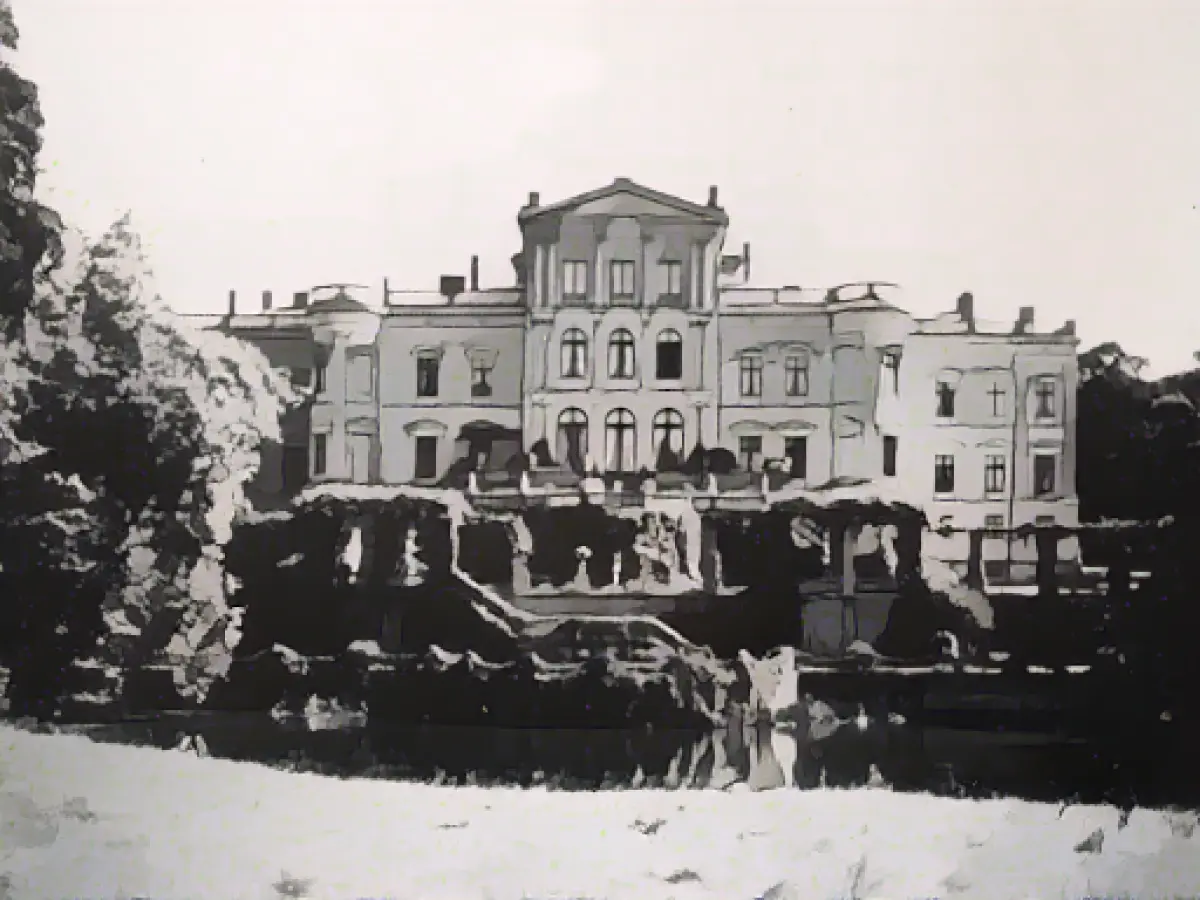Diving into the Possibility of Restoring Putbus Castle
It's time to explore the idea of revitalizing Putbus Castle, a significant historical landmark on Rügen Island. A feasibility study, spearheaded by Friends of the Princely Palace of Putbus and architectural firm IPROConsult, is set to delve into the castle's historical importance, potential opportunities, and risks. The study, funded by the state government, will be presented in Putbus on Thursday (17:00).
The castle, once a symbol of power in the Middle Ages, was unfortunately reduced to ruins during the 1960s. However, its neoclassical reconstruction in the 19th century left an enduring imprint upon Putbus, with its white facades lining the town's stately buildings and the neoclassical town center and castle park boasting listed status.
As we embark on this study, it's essential to recognize the historical significance of reconstructing Putbus Castle. This monumental structure, with deep roots in medieval history, played a significant role in shaping the region's past. A rebuilt castle would provide a unique opportunity to showcase this national treasure, contributing to the town's rich architectural heritage.
At the heart of this endeavor lies the need for a meticulous examination of the opportunities and risks associated with the project. The study will weigh the potential economic benefits that a revitalized castle could bring about, bolstering local businesses and creating job opportunities. It will also examine the cultural preservation of German heritage, ensuring that this legacy remains alive and resonates with the community.
Environmental considerations will play a crucial role in this project, with a focus on minimizing any negative impact on the surrounding ecosystem and wildlife habitats. The feasibility study will need to outline a detailed project timeline, securing clear funding sources and establishing potential partnerships to ensure the project's viability.
Community engagement is another vital aspect of this endeavor, involving local voices in the decision-making process to ensure the final product aligns with community expectations and values. A successful reconstruction would require a collaborative effort from all stakeholders, making the input of local residents a fundamental aspect of the planning process.
Although the specifics of the feasibility study remain to be seen, it promises to provide valuable insights into the potential reconstruction of Putbus Castle. By exploring the historical significance, opportunities, and challenges, this study will pave the way for a thoughtful and informed approach to revitalizing this cherished national treasure.







